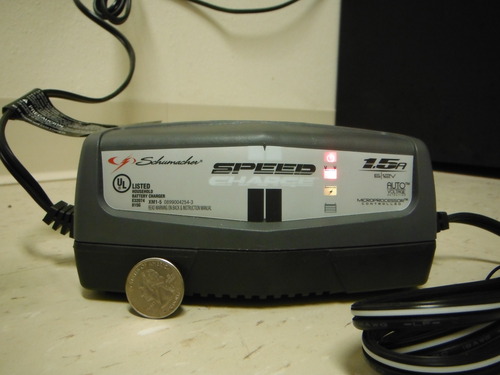Hi,
i'm new to green electric. We get frequent power outtages where I live, so i'm trying to accomodate. I have 3 wood stoves, so heat is not an issue. I also have a 1500 watt onboard inverter connection wired to my 2004 Prius. This will handle my fridge, a few lights. I am also buiding a 3 battery pack (35 AH batteries) for TV, radio, stove fan, etc.
My question is, can I recharge my battery pack with the Prius as I'm using it (the battery pack)?
i'm new to green electric. We get frequent power outtages where I live, so i'm trying to accomodate. I have 3 wood stoves, so heat is not an issue. I also have a 1500 watt onboard inverter connection wired to my 2004 Prius. This will handle my fridge, a few lights. I am also buiding a 3 battery pack (35 AH batteries) for TV, radio, stove fan, etc.
My question is, can I recharge my battery pack with the Prius as I'm using it (the battery pack)?



